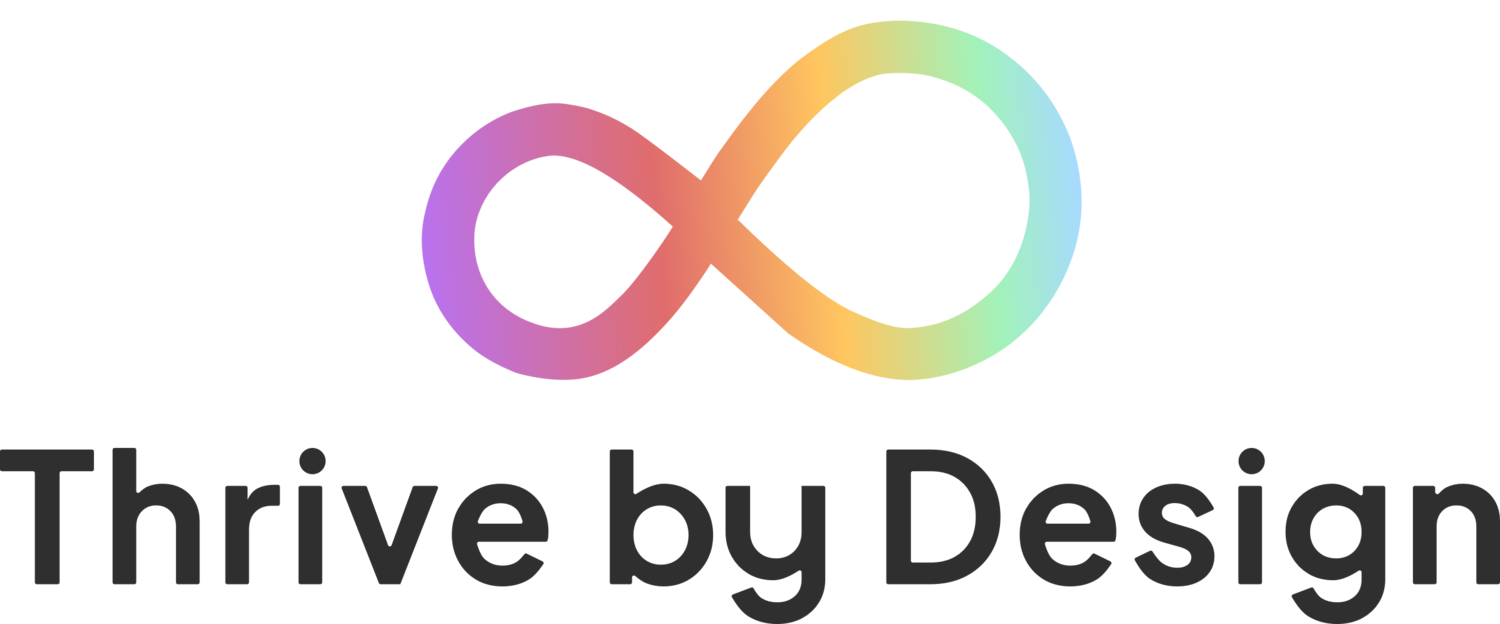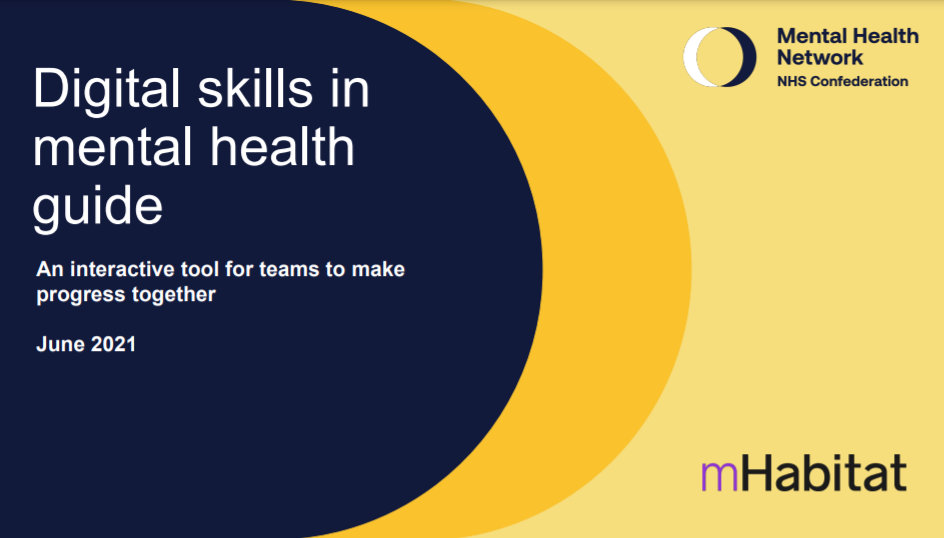Co-designing Digital Innovations in Mental Health
Using digital as an enabler to improve the lives of people with living experience of mental health has become a subject close to my heart over the last few years for personal and professional reasons.
My two favourite ever jobs are the one I am in right now working at Thrive by Design, and the other was in a fantastic mental health community and digital charity; Sheffield Flourish.
Very different contexts, but some similarities, including co-designing digital innovations to tackle inequalities and inequity, a fundamental belief that people are not the problem but part of the solution, and an understanding that to overcome complex system issues we need to build authentic partnerships of trust and shared purpose.
I have learnt in these roles, that digital is only ever a means to the end, it should always be an enabler to improve services and outcomes, and should never become an excluder or barrier.
Embedding digitally-enabled health and care is a complex challenge as highlighted by the excellent work of Professor Trish Greenhalgh and the team at Oxford University who have developed the NASSS-CAT complexity management tool.
From my experience, one of the key enablers and barriers to getting the most out of digital as an enabler is to ensure that people who we wish to use it, have the skills, confidence, knowledge and motivations to do so.
NHS Confederation Mental Health Network
Digital Skills Guide
So when the NHS Confederation Mental Health Network had released a tender for developing a guide to support the development of a workforce that can take full advantage of digital, we jumped at the opportunity.
We were delighted to be successful and began what was a small and mighty, and fast-paced co-design project, for completion with the results launched at that year's online NHS Confederation Annual Conference in June (2021).
What we learnt…
We begun the problem definition and discovery process.
The first activity was a workshop at the NHS Confederation Mental Health Collaborative network event chaired by Paul Jenkins. Credit to my colleague Pete Nuckley who expertly facilitated the workshop with a fantastic group of people who all generously shared their insights and experiences. Some of the key themes that emerged were:
Context is everything, one size does not fit all on every level, geography, organisation, system and on an individual level. The best possible digitally-enabled service transformation is blended and person-centred and fundamentally this means enabling choices to be made.
The importance of understanding and communicating the benefits of using digital as an enabler as part of a wider strategy to engage people in the process of improvement and transformation, e.g. environmental benefits and the impact on quality, safety and effectiveness of services. Linked to this was also the importance of the improvement feedback loop.
There are a complex set of digital inclusion barriers in the workforce and for people who need services and support including skills and confidence and also access to appropriate and accessible digital technology and data. We need to ask the question, is this digitally-enabled service accessible for people (including staff) living with disabilities?
There are some innovative approaches to engaging the future workforce, e.g. using immersive and virtual reality technology.
The second activity involved bringing together a diverse group of people to help guide us through the process. Our reference group was made up of people with different backgrounds and expertise including; local, national, delivery, living experience of using services, clinical, technical, commissioning,learning and policy making. From my perspective it felt like a really important and illuminating conversation. The process and language was challenged, the perspectives were really varied, and we focused both on the big picture and the specifics.
Digital as a positive disrupter
There was an emerging commonality in values and purpose. The focus on inclusion, equity and equality, on co-production and on continual improvement was music to my ears.
There was recognition that a huge amount of digital transformation has happened this year. A Mckinsey report showed that we have fast forwarded digitalisation at a global scale by seven years in the last year. We are also facing future exponential change and whatever we produce, needs to have the potential to evolve with the wider context.
Partnership and integration was a strong theme, on a person to person basis in the delivery of services, and across health and care systems at an Integrated Care System/Sustainability and Transformation Partnerships level.
One of the most exciting ideas for us to grapple with was one which I have long been a fan of, and that is the use of digital as a positive disrupter to improve and democratise health and care. I have met many people in the mental health space across sectors and roles with living and learnt experience who I know would also be intrigued by this idea. Perhaps this is the hook to engage the workforce in digital transformation?
Perhaps this quote from the very wise Duncan Tree, a member of our Reference Group was right on the money when they talked about the potential of digital as the ‘grit in the oyster’ of mental health services! I hope so.
The published guide
Through our co-design approach we developed a practical guide for people working in mental health to help build digital confidence and skills. The guide can be used to help people to consider where they are now, where they want to be and how to get there. The guide will help individuals understand their current confidence and skills and identify things they can do to improve. Leaders and managers can use the guide to support an open, supportive discussion with individuals and teams as a whole.
The guide provides a simple, interactive way of having a conversation with colleagues and identifying manageable steps forward that will make a difference to individuals, teams and service users. The guide looks at generic digital skills across the mental health workforce and signposts to specific and in-depth resources and tools.
You can access more information on the digital skills guide and how to use it on the NHS Confederations website.


